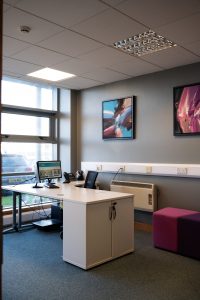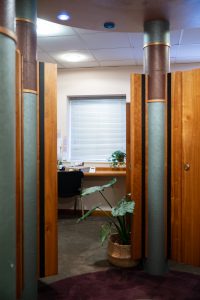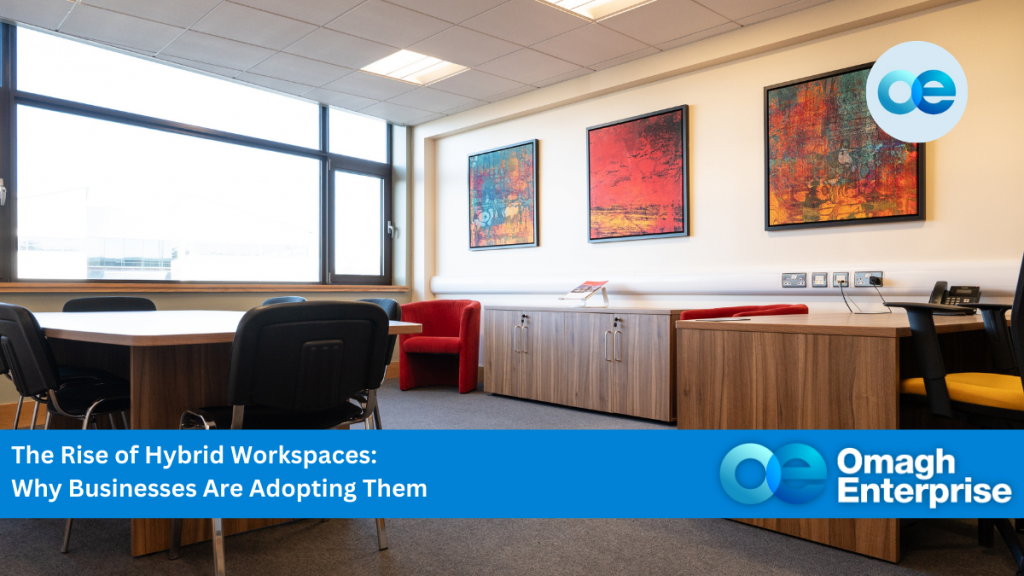The way we work is changing and fast. In today’s flexible business environment, the hybrid working office space has become the preferred choice for organisations aiming to strike the right balance collaboration and flexibility. From small startups to global firms, businesses are rethinking how and where work happens and hybrid models are leading the charge.

The Real Reasons Businesses Are Making the Switch
The pandemic was a catalyst, but it only accelerated what was already underway: a growing demand for remote working spaces. Businesses discovered that productivity didn’t have to be tied to a desk in a city-centre office. Employees proved they could work effectively from home, coffee shops or coworking spaces for remote workers.
In response, businesses started creating hybrid office spaces—setups that merge traditional office environments with the flexibility of remote work. Designed with adaptability in mind, these spaces support both face-to-face collaboration and focused, independent working.

Why Businesses Are Embracing Hybrid Working Office Space
-
Increased Productivity
Teams can choose where and how they work best, whether in a quiet remote space or a vibrant coworking hub.
-
Cost Efficiency
Businesses can downsize expensive city-centre headquarters and reinvest in adaptable hybrid office spaces that better suit their needs.
-
Talent Attraction & Retention
Today’s professionals value flexibility. Offering a hybrid setup gives businesses a competitive edge in attracting and keeping top talent.
-
Sustainability
Fewer commutes mean lower carbon emissions, something both businesses and employees care about.
-
Resilience
Hybrid setups offer business continuity in uncertain times, allowing operations to carry on regardless of location.

The Rise of Coworking for Remote Workers
As part of this shift, coworking space for remote workers is booming. These spaces offer the infrastructure of a traditional office, think Wi-Fi, meeting rooms, printing facilities—without the long-term lease. They’re ideal for hybrid teams who need occasional in-person meetups or solo workers craving a professional environment.
As part of this shift, coworking space for remote workers is experiencing rapid growth. These spaces provide all the essentials of a traditional office – reliable Wi-Fi, meeting rooms and even kitchen areas, without the commitment of a long-term lease. They’re ideal for hybrid teams who need occasional face-to-face meetups, as well as remote professionals looking for a comfortable, fully equipped work environment.

Frequently Asked Questions About Hybrid Workspaces
What is a hybrid workspace?
A hybrid workspace is a flexible working model where employees split their time between a physical office and remote locations such as home or coworking spaces. It blends the benefits of in-person collaboration with the freedom of remote work.
How do hybrid workspaces improve productivity?
By allowing people to work in environments that suit their tasks and preferences, hybrid setups reduce burnout, improve focus and increase job satisfaction. Teams can collaborate face-to-face when needed and focus deeply when working remotely.
What are the benefits of hybrid offices?
Hybrid offices reduce overhead costs, support work-life balance and promote a healthier work culture. They also allow for more dynamic team structures and foster innovation through diverse, adaptable spaces.




